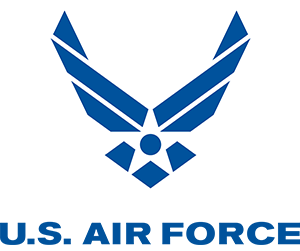Service Branches
Work Environment
Geospatial imaging officers usually work in office facilities. They may work in facilities in field camps or aboard ships.
-
Military Status
Officer
-
Median Military Salary This is the median, or the midpoint, of the salary range for this career.
$70,927
Military Salary Range Salary varies based on years of service, degree level, special pays, family status and location.
$27,564 - $148,461
Overview
Geospatial imaging officers aid in the success of military operations by identifying and analyzing imagery and geospatial intelligence. They coordinate and supervise the collection, analysis, and processing of geospatial information. They oversee the use of geographic information systems (GIS) that store and analyze maps and other geographic information. These officers are also in charge of disseminating imagery and analysis results to relevant parties.
Military Training
Officers typically enter the Military after they have completed a four-year college degree; enlisted service members can transition to officer positions through a variety of pathways and earn a degree while serving. Geospatial imaging officers may have a degree in science, engineering, or math. Job training for geospatial imaging officers primarily consists of on-the-job learning in various environments, and through receiving advanced civilian/industry certifications and licenses (credentials), which may require additional education, training, or experience. Like other officers, they complete a comprehensive training program covering responsibilities, military structure and etiquette, traditions, and leadership development.
Helpful Attributes
- Interests in computers
- Interest in earth science
- Strong critical thinking skills
- 20/20 correctable vision and normal color perception
Related Civilian Careers
- Cartographers and Photogrammetrists
- Hydrologists
More careers in this field
See all











